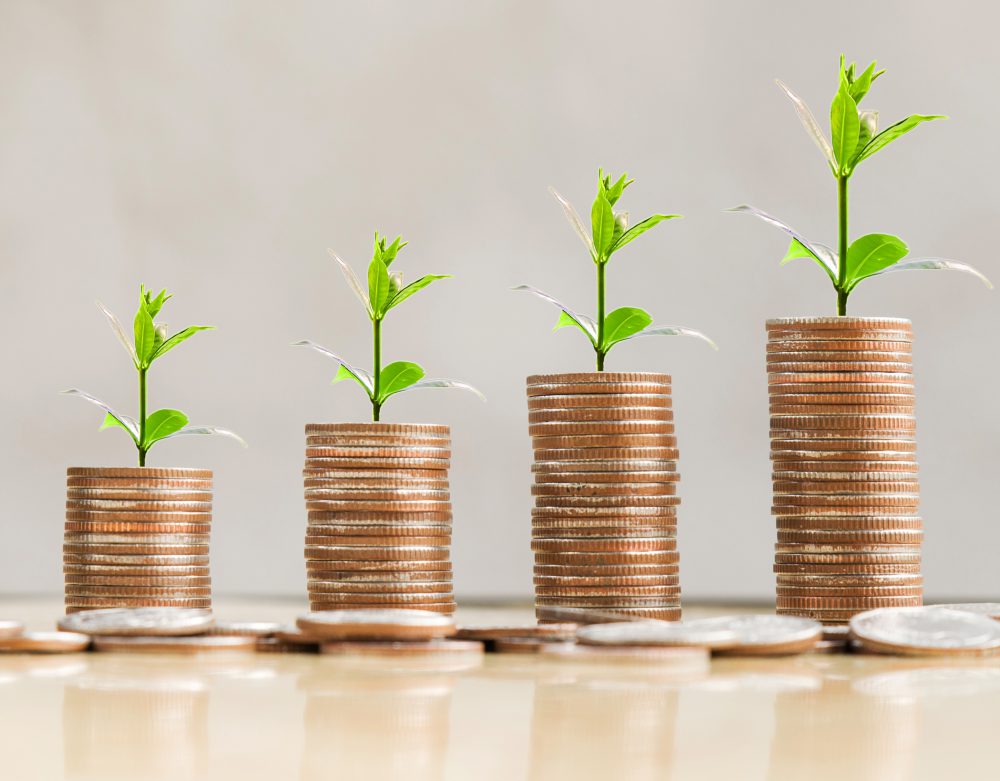So you want your building to be LEED certified, but what level should you pursue? Does a more energy-efficient facility mean completely revamping your processing? What about food safety?
LEED certification is a good thing, but it should not dictate every decision in a new-build or plant renovation. Checking credits off your LEED checklist shouldn’t come at the expense of performance and food safety.
Let’s look at some factors to designing a sustainable facility that go beyond the traditional aspects like electricity and water use. But first things first: where to begin?
Certified, Silver, Gold and Platinum: Which LEED rating level to pursue?
Before you start making design decisions, consider what your LEED goal is. When it comes to certification levels, it’s a balance between your budget, needs and motivation for being LEED certified. Some companies, like Starbucks, are dedicated to having LEED Gold certification across all their facilities — it’s often part of the company’s philosophy or core values.
However, you have to weigh the value of those different certification levels with how much you’re willing or able to spend. For example, a recent project we worked on had a baseline budget of $70 million for the facility and the process equipment. The investment to jump to LEED Silver required an additional $600,000. Achieving LEED Gold required another $1.4 million on top of that.
Don’t overlook site selection
The “Location and Transportation” and “Sustainable Sites” categories account for nearly a quarter of the possible points on the LEED scorecard. For new facilities, that means site selection is huge — 26 points, to be exact, which is already halfway to LEED Silver.
If you’re looking to pursue certification with little to no change in your processing, prioritize where your facility will be located and factors you can control outside your plant walls. These categories include things, such as:
- Access to nearby bus routes
- Reduced parking footprint
- Adding parking for low-emission vehicles (LEVs)
- Using concrete instead of asphalt for roadways
- Proximity to restaurants and lunch options
- Planting indigenous plants to preserve the surrounding habitat
- Innovative landscape irrigation techniques
- Purchasing a previously developed lot
If you want to minimize impact to performance inside your plant, consider the factors outside.
Don’t modify your processing just to earn points
Processing equipment obviously uses a lot of energy, but you want to be careful that you don’t sacrifice quality or necessary performance for the sake of energy conservation. In other words, LEED credits shouldn’t be the end-all-be-all factor that dictates all processing equipment decisions.
When developing the energy baseline model for client projects, we are often able to set the baseline energy consumption for the process equipment equal to the design consumption. In that respect, we are not penalized in the energy model for the process equipment, which allows us to focus more on HVAC equipment, lighting and other utility infrastructure.
Get creative with how you can satisfy LEED credits
LEED measures the carbon footprint of your building along with health benefits for your employees, which is about a whole lot more than just energy and water consumption.
In fact, the energy and water consumption categories only make up 40 points out of the possible 110. Technically, that means you could not check any of those boxes and still make LEED Gold certification if you fulfill all the other credits. (LEED Gold requires 60 to 79 points.)
There are a lot of indirect variables you can control without ever touching your processing or equipment. Consider creative options such as:
- Installing skylights in the warehouse
- Choosing a light color for your roof
- Adding bicycle racks
- Windows and daylight harvesting
- Thermal comfort design
- Implement a green housekeeping policy
- Using low-VOC (volatile organic compound) building materials
- Purchase regionally sourced manufactured building materials
Relatively small changes like this can go a long way. Windows are a great example: If all your employees can see natural light, you earn five points. Give them a good view out of that window, and you’ve earned a sixth point.
Design features like that have no effect on your processing equipment, energy usage or water consumption — but it makes your facility that much “greener.”
Know your goals, weigh the trade-offs
Ultimately, the key is prioritizing your goals, your needs and your budget. That’s easier said than done, of course, because there are so many variables to weigh: cost, schedule, equipment, performance. But it can be done. A lot of huge facilities make LEED Gold all the time.
Food safety and the safety of your employees are always a top priority — no one would trade that for a LEED plaque on the side of your building. Remember: You don’t have to sacrifice quality to gain a certification; you may just need to get creative.
What unique ways have you used to earn LEED credits? Let us know in the comments below!




